International
Europol identifies 821 “threatening” criminal networks in the EU, many active in Spain
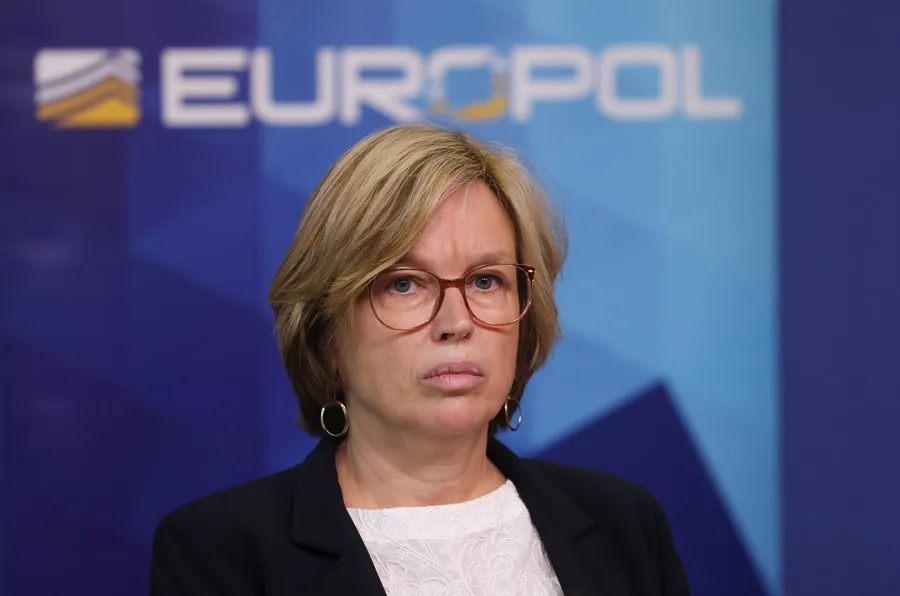
The Europol agency has identified 821 “very threatening” organized crime networks in the European Union, many of them active in Spain among other countries, in a report published this Friday, the first that analyzes in depth the details that make these organizations so dangerous.
The study, presented in Brussels, is based on the data provided by EU Member States and other countries and is a “step” to understand how these networks work and what their basic capabilities are, Europol said.
In Spain they operate networks integrated by nationals of Eastern countries, as well as Belgian-Dutch, Baltic, Romanian or Polish, among others.
“Each of the 821 most threatening criminal networks identified is unique. They vary significantly in terms of composition, structure, criminal activity, territorial control, duration over time, types of cooperation and a variety of other dimensions,” the document says.
However, there are some common characteristics that make them especially “threatening,” starting with their infiltration into the legal system, which make a network “omnipresent and destructive.”
In fact, more than 80% of active criminal networks in the EU misuse legal business structures (LBS) for their criminal activities.
The data show that these structures are infiltrated or used by criminal networks “in almost all sectors, including tourism, recycling, welfare and sports associations, as well as in retail and cultural activities.”
Three sectors are particularly affected by infiltration or criminal abuse: construction, hospitality and logistics, that is, transport and import and export companies.
Another characteristic of the most dangerous organizations is their “agility” to “infiltrate extensively” and the application of strategies that allow them to endure over time.
In addition, “they have no borders”, their scope is international as well as the members that make them up, although they often limit their criminal activity to a region or a limited number of countries.
About how they are directed, Europol explains that although there is usually a strong leadership close to operations, it is also possible to maintain control remotely.
They tend to specialize in a main business and operate with a wide degree of independence.
As for their activity, half of these organizations are involved in drug trafficking as their main business, although they are also dedicated to fraud, property-related crimes, migrant and human trafficking.
Money laundering is mainly done through the real estate sector (this is the case in 41% of cases).
Other common money laundering techniques include investments in high-value goods such as gold and luxury goods (27%), the use of cash-intensive businesses, for example in the hotel sector (20%) and the use of cryptocurrencies (10%).
As an example, the report cites the case of an Italian businessman of Argentine origin based in Marbella who uses his companies to hide both drug trafficking and money laundering activities.
Among those he directs is one that imports bananas from Ecuador to the EU and also has sports centers in Marbella, shopping centers in Granada and multiple bars and restaurants.
An Albanian accomplice of his, based in Ecuador, is in charge of the import of cocaine from Colombia to Ecuador and its subsequent distribution to the EU.
According to Europol, Ecuadorian fruit companies are used as a facade for these criminal activities.
Although not all networks use violence and corruption, doing so increases their level of threat.
There are other elements to better understand how they work but that do not necessarily make them more dangerous, starting with their structure.
Most are organized in a hierarchical way, and although strong leadership is important, it is not necessarily linked to specific individuals and in some cases it is replaceable (by inheritance, delegation or reorganization) and continues even after the sentence.
As for the nationalities of the members, the report points to the existing “great variety” and emphasizes that, in addition to the common criminal objective, “criminal networks are formed and persist due to a strong social cohesion,” something that also serves to attract young people.
When fighting them, Europol indicates, “not only the main criminal activities, but also the support and subsidiary activities that allow and support the networks and allow them to last long periods,” as well as the need for “international and interregional cooperation” must be examined.
International
Petro expresses concern over fatal shooting during mass protests in Lima
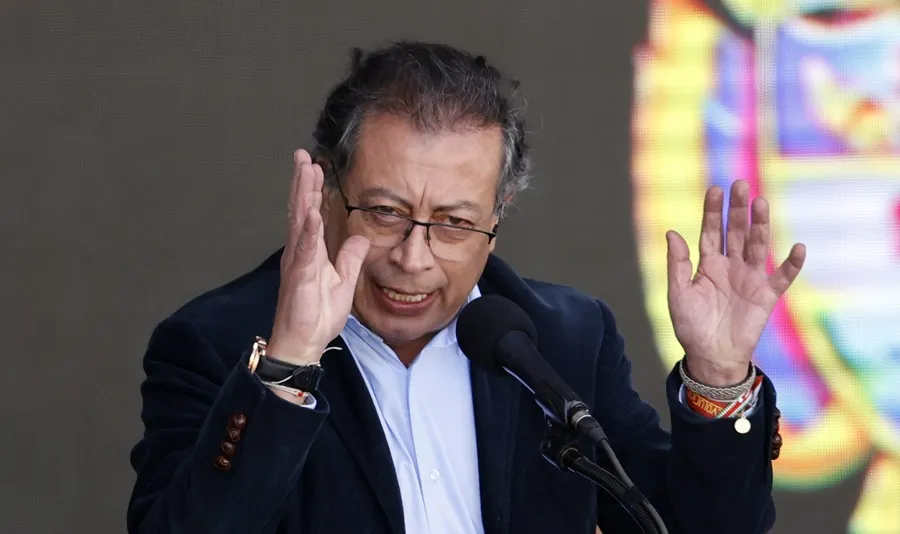
Colombian President Gustavo Petro voiced his “concern” on Thursday over recent events in Peru, following the death of a protester reportedly shot during a massive demonstration in Lima against the government and Congress.
“I must express my concern over the events in Peru. A young artist has been killed in citizens’ protests,” Petro wrote on X (formerly Twitter).
The Colombian leader also noted that in Peru, “a popularly elected president remains imprisoned without conviction,” referring to Pedro Castillo, who led the country from July 2021 to December 2022 until he was removed by Congress following a failed attempted coup.
“This is a blatant violation of the American Convention on Human Rights,” Petro stated, adding, “I hope Peru seeks social and political dialogue to legitimize its public institutions.”
On Wednesday, Peru experienced widespread protests in several cities, with the largest demonstration in Lima in recent years, driven by citizens’ concerns over corruption and public insecurity.
During the capital’s mobilization, the Ombudsman’s Office confirmed the death of Eduardo Ruiz, 32, and reported clashes that left over 100 injured, including 78 police officers and 24 protesters, as well as ten arrests.
The Attorney General’s Office, investigating Ruiz’s death “in the context of serious human rights violations,” confirmed that the protester was shot.
International
Peru’s interim president José Jerí refuses to resign after protester’s death in Lima
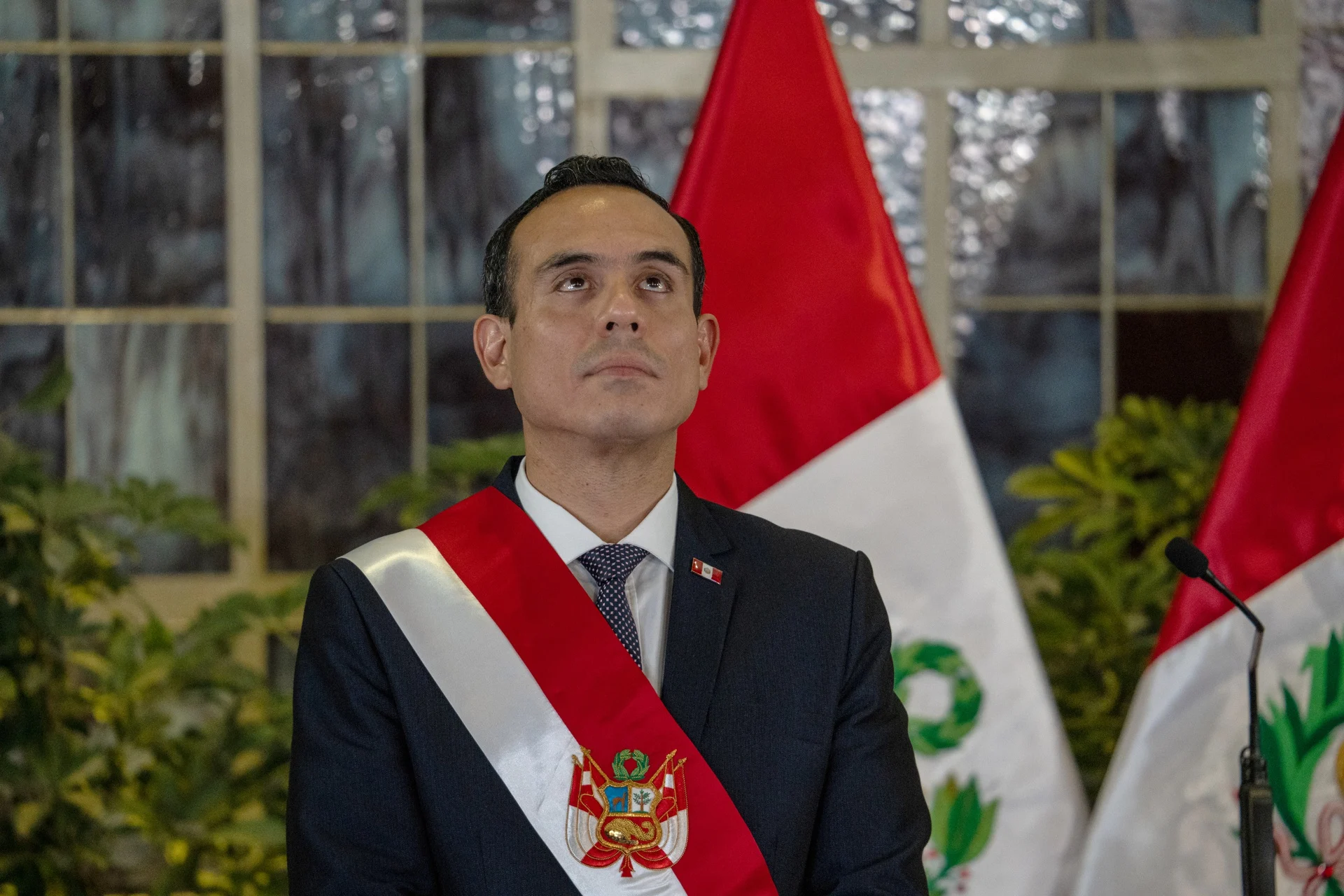
Peru’s interim president, José Jerí, stated Thursday that he has no intention of resigning from the post he assumed last Friday, following the removal of former president Dina Boluarte, despite growing unrest over the death of a protester during massive demonstrations in Lima on Wednesday.
“I will not resign,” Jerí declared outside the Government Palace in Lima, where he returned on foot after making a surprise visit to Congress headquarters alongside Prime Minister Ernesto Álvarez.
Earlier, after leaving the Legislative Palace, the president acknowledged that the country is going through “difficult times” and condemned what he described as “a small group attempting to impose an agenda different from the citizens’ expression of discontent.”
Jerí expressed condolences for the death of Eduardo Ruiz, a 32-year-old man who died during Wednesday’s protest against the government and Congress, amid growing anger over corruption and insecurity.
“We stand in solidarity with his family,” he said, without offering further details about the incident, which has sparked outrage among Peruvians.
The president also described the demonstrations as “a legitimate civic expression” that later turned violent due to “certain groups seeking to provoke chaos by exploiting a peaceful citizen movement.”
“In a state governed by the rule of law, the rights of both demonstrators and security forces must be protected,” Jerí emphasized, adding that “as a result of that situation, this unfortunate death occurred outside the main area where the protest was taking place.”
International
Mexican government prioritizes 191 communities after deadly floods
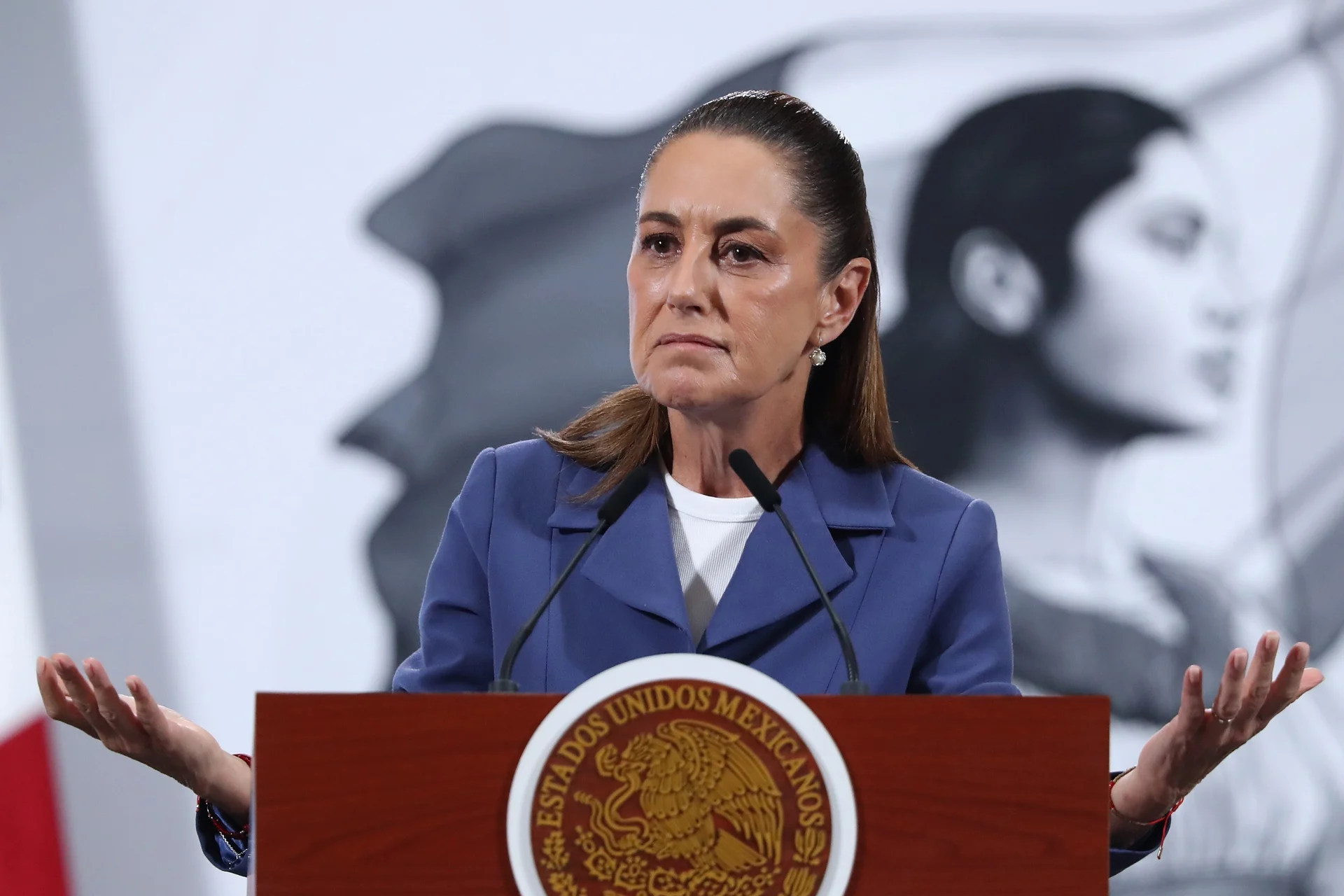
Mexican President Claudia Sheinbaum confirmed on Wednesday that the death toll from recent rains and floods across several central states has risen to 66, while the federal government has activated air bridges and prioritized assistance in 191 isolated communities.
“Unfortunately, 66 people have died, and 75 remain missing,” the president said during her morning press conference. She added that the official death toll will be updated later in a new report.
As of Tuesday, authorities had reported 64 fatalities. Sheinbaum also announced the creation of a public information center to centralize official data on the deceased, missing persons, damaged homes, and cut-off communities.
According to the president, the number of missing persons has decreased thanks to coordination with state authorities.
“Through calls to phone line 079, 103 people who had been reported missing have now been located,” she explained.
Priority Municipalities
The president noted that the federal government has classified 191 communities as ‘priority’, a designation based mainly on the percentage of homes affected.
-
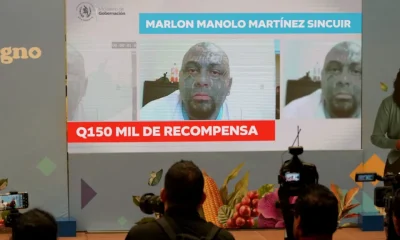
 Central America4 days ago
Central America4 days agoGuatemala arrests first escaped gang member after Barrio 18 prison break
-
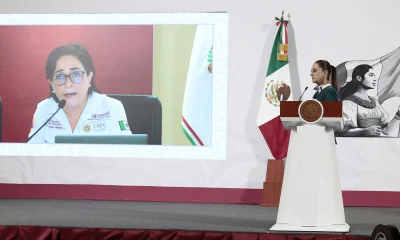
 International4 days ago
International4 days agoMexico reports 64 dead, 65 missing after devastating central region floods
-
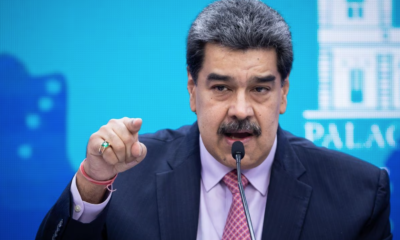
 International4 days ago
International4 days agoVenezuela calls for continued global pressure to secure ‘just peace’ for Palestine
-

 International4 days ago
International4 days agoPope Leo XIV to skip COP30 in Brazil but plans future visit, Lula confirms
-
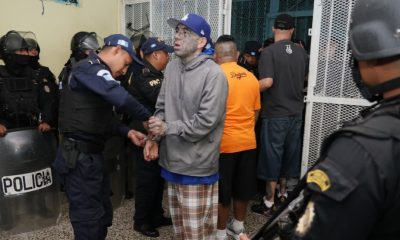
 Central America4 days ago
Central America4 days agoFraijanes II prison in Guatemala reports gradual escape of 18th Street gang inmates
-
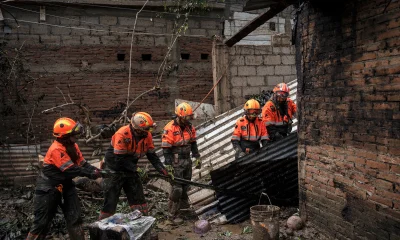
 International3 days ago
International3 days agoSheinbaum: Urgent to restore access to towns cut off by heavy rains
-
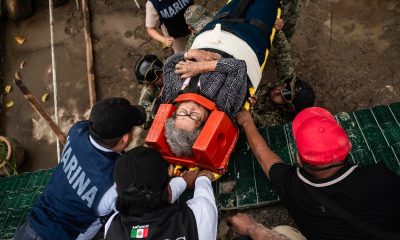
 International4 days ago
International4 days agoHeavy rains leave dozens dead in Hidalgo, Puebla, and Veracruz
-
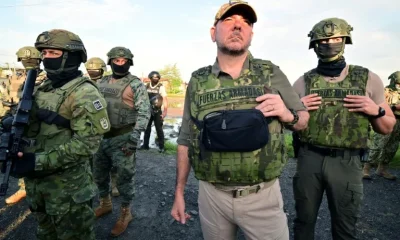
 International3 days ago
International3 days agoArmed forces target illegal mines in Northern Ecuador with bombing raids
-
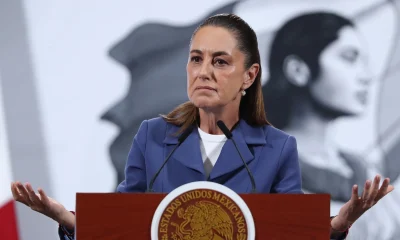
 International2 days ago
International2 days agoMexican government prioritizes 191 communities after deadly floods
-
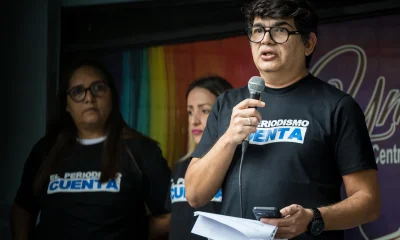
 International3 days ago
International3 days agoVenezuelan media faces fresh restrictions after reporting on opposition leader’s Nobel win
-

 International3 days ago
International3 days agoCaracas shuts embassy in Oslo without explanation following Machado’s Nobel win
-
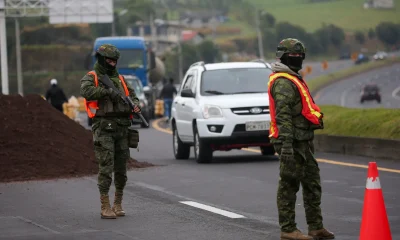
 International2 days ago
International2 days agoNew road and bridge explosions raise alarm amid indigenous protests in Ecuador
-
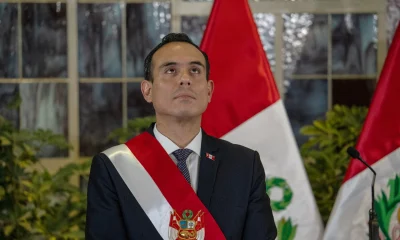
 International10 hours ago
International10 hours agoPeru’s interim president José Jerí refuses to resign after protester’s death in Lima
-
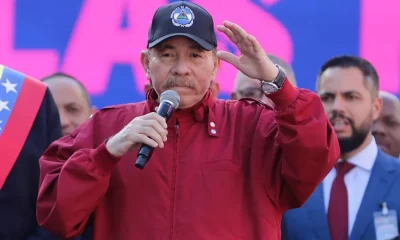
 Central America11 hours ago
Central America11 hours agoNicaragua grants 2,500-hectare mining concession to chinese firm in protected region
-

 International10 hours ago
International10 hours agoPetro expresses concern over fatal shooting during mass protests in Lima
-

 Central America10 hours ago
Central America10 hours agoPanama’s president accuses U.S. Embassy official of visa threats amid China tensions


























